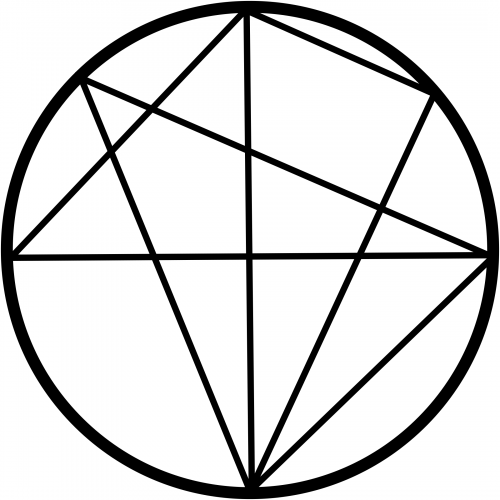Trappist–1

Trappist–1 is composed to activate the acoustic properties of the performance space. We create ringing clouds of sound that resonate with the room. These clouds fade into silences, allowing for the interpenetration of the sonic environment, here the groaning of the barge, the roar of passing helicopters, and the too-familiar coughing of audience members. These sounds are picked up by our microphones and processed by our system, becoming enmeshed in the performance.
Star type: ultra-cool red dwarf star
Alternate names: 2MASS J23062928-0502285
Constellation: Aquarius
Right ascension: 23h 06m 29.283s
Declination: −05° 02′ 28.59″
Distance: 40 light years (12 parsecs)
Planets:
- Trappist–1 b – sub-Earth type (mass smaller than Earth, likely a rocky planet)
- Mass: ~0.8 Earth Mass
- Orbital Period: 1.51087 Earth days (0.004 Earth years)
- Trappist–1 c – sub-Earth type (mass smaller than Earth, likely a rocky planet)
- Mass: ~1.63 Earth Mass
- Orbital Period: 2.4218 Earth days (0.007 Earth years)
- Trappist–1 d – sub-Earth type (mass smaller than Earth, likely a rocky planet)
- Mass: ~0.33 Earth Mass
- Orbital Period: 4.0498 Earth days (0.011 Earth years)
- Trappist–1 e – sub-Earth type (mass smaller than Earth, likely a rocky planet)
- Mass: ~0.24 Earth Mass
- Orbital Period: 6.0995 Earth days (0.017 Earth years)
- Trappist–1 f – sub-Earth type (mass smaller than Earth, likely a rocky planet)
- Mass: ~0.36 Earth Mass
- Orbital Period: 9.2064 Earth days (0.025 Earth years)
- Trappist–1 g – sub-Earth type (mass smaller than Earth, likely a rocky planet)
- Mass: ~0.566 Earth Mass
- Orbital Period: 12.3528 Earth days (0.033 Earth years)
- Trappist–1 h – sub-Earth type (mass smaller than Earth, likely a rocky planet)
- Mass: ~0.086 Earth Mass
- Orbital Period: 18.7662 Earth days (0.051 Earth years)
